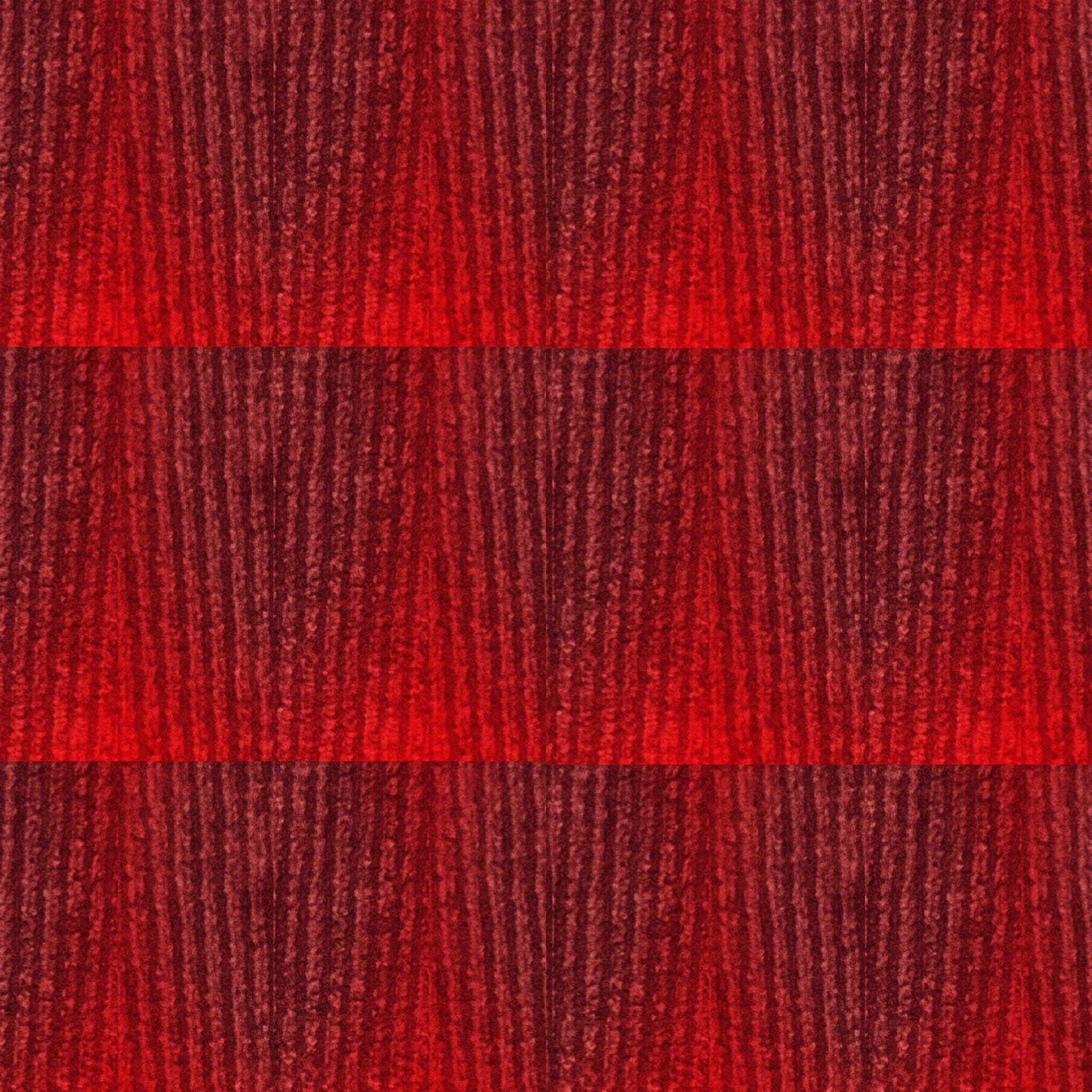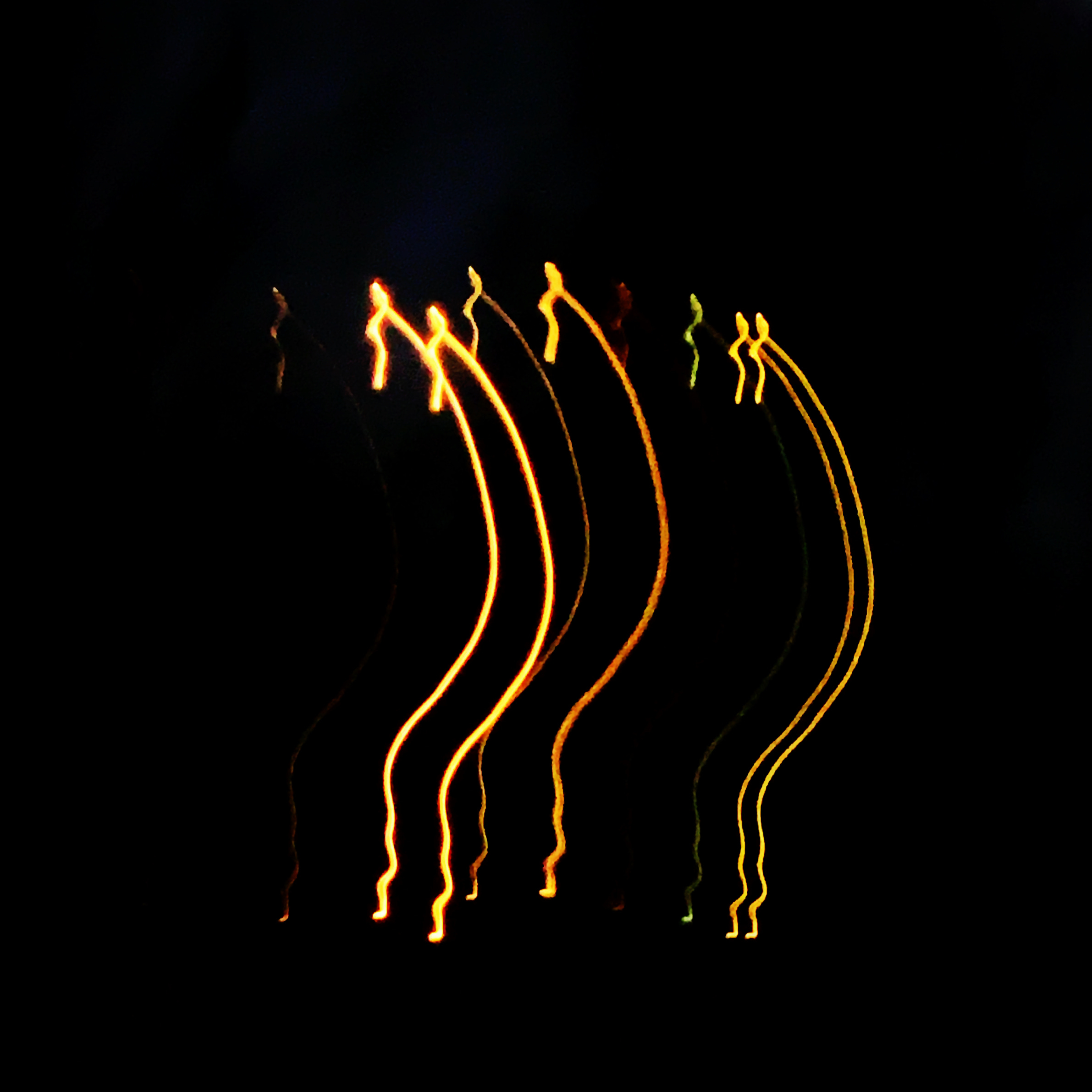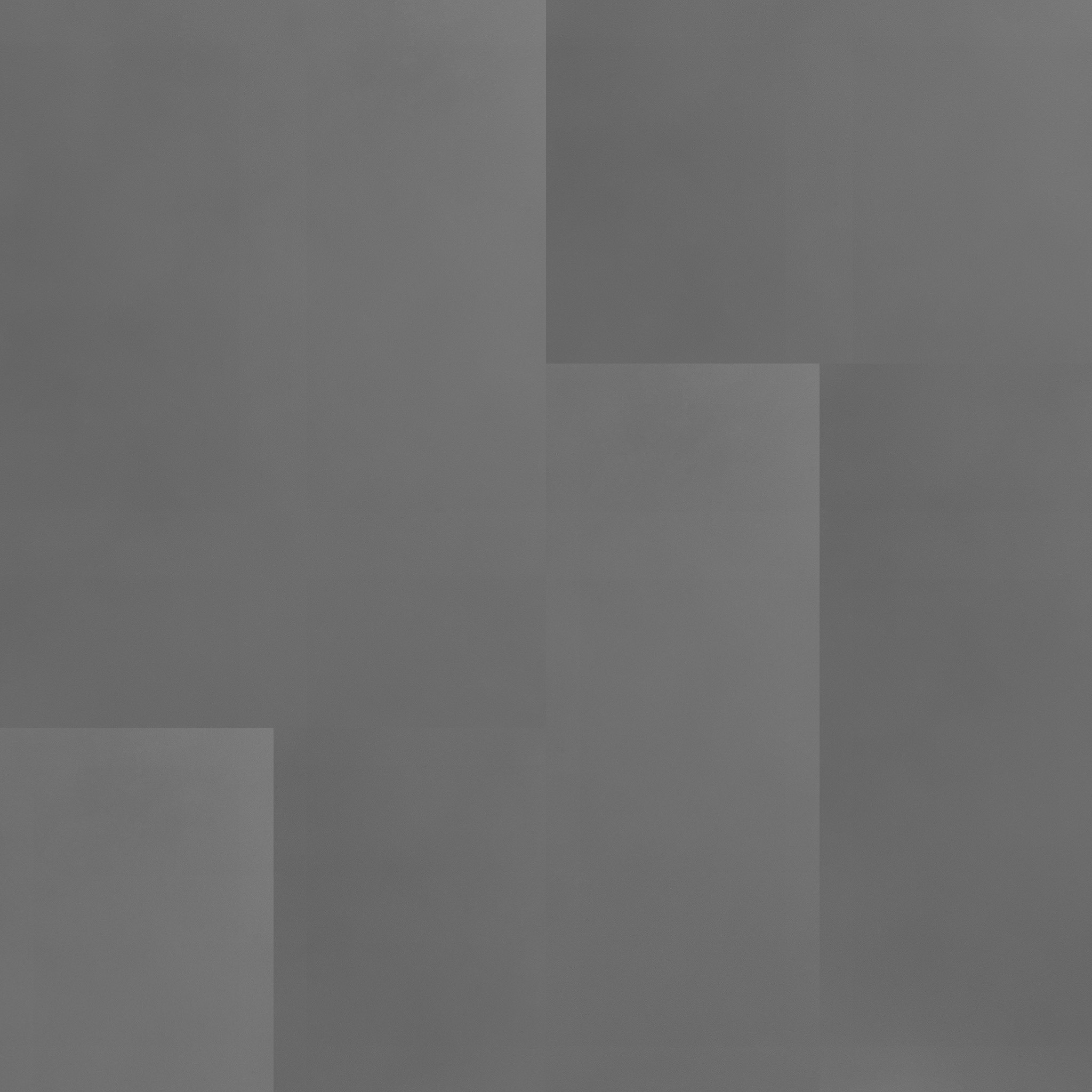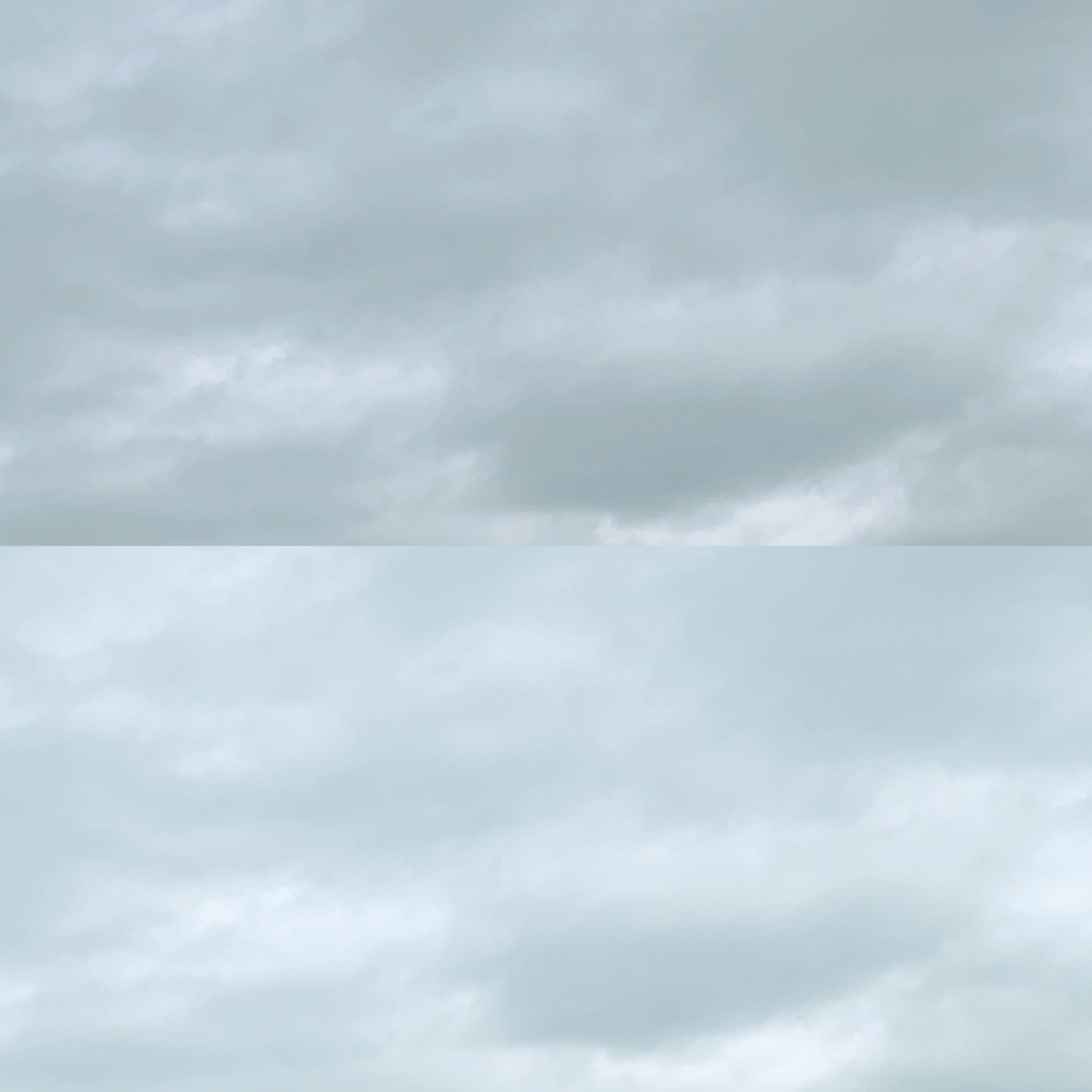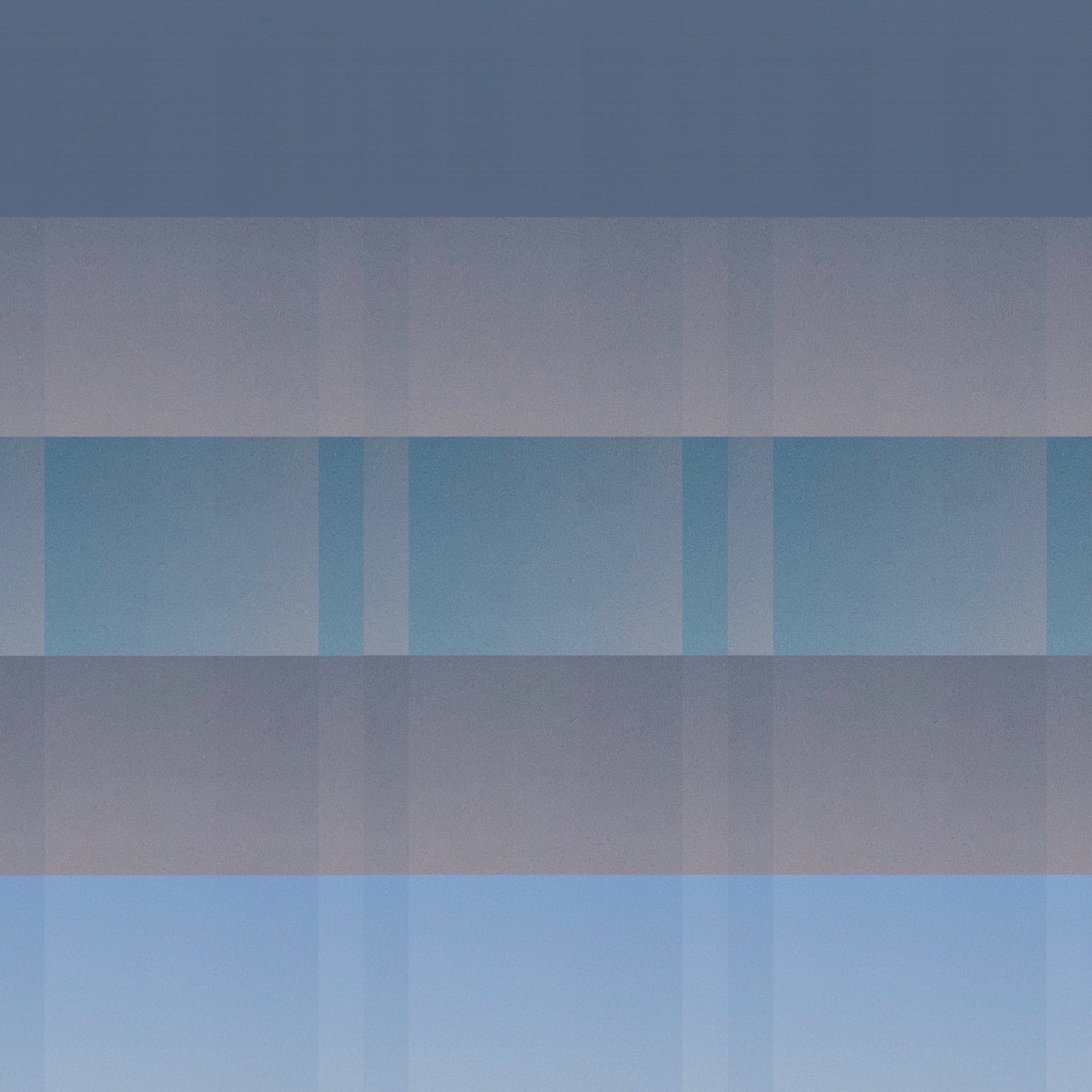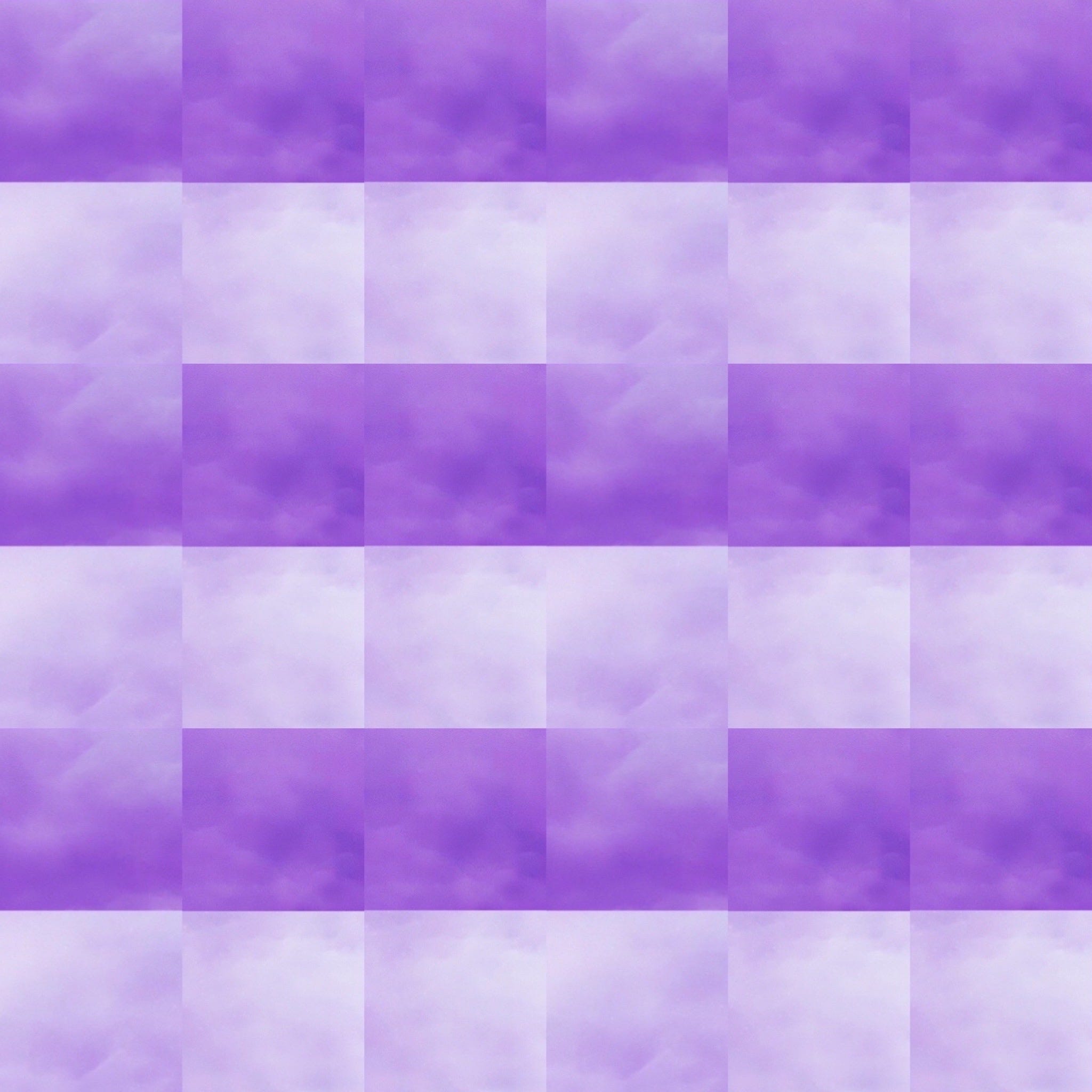
A collection of fragments related to the writings of Franz Kafka. If he was able to see aspects of the world taking shape a century ago, what might his work suggest now? It strikes me that it has to do with that space where absurdity and brutality meet.

